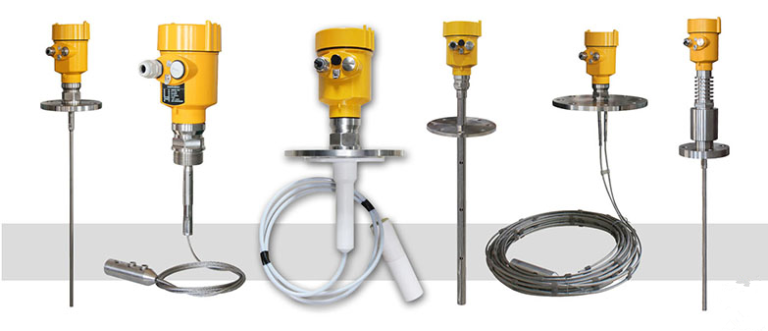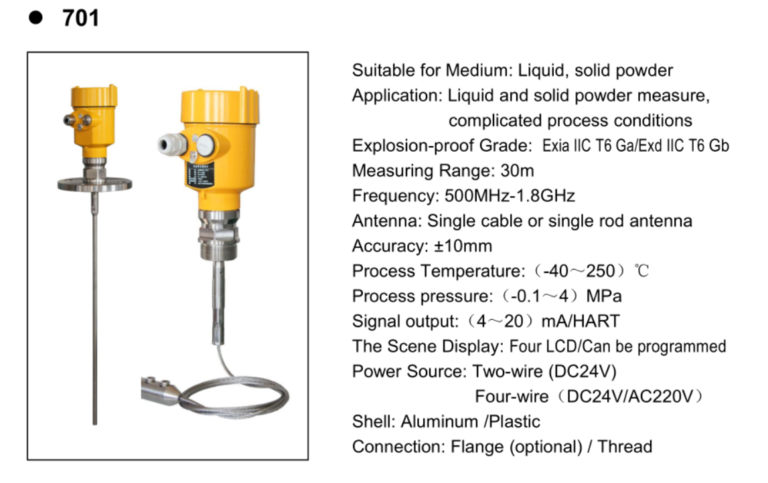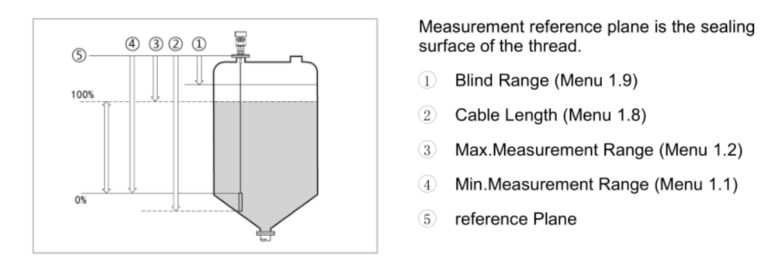Today, we will analyze some of the basics of guided wave radar level meters. Levels include water level, liquid level, and material level. In the measurement, the liquid level occupies an important position and is an important and reliable parameter in the industrial production process. In the current market, liquid level measurement mainly includes non-contact radar level meters, guided wave radar level meters, ultrasonic level meters, capacitive level meters, etc.

Among the many level meters, the guided wave radar level meter is not the earliest or the latest, but it is the most common and most frequently used radar level meter. The reason for this, apart from the price, is that it has advantages that are incomparable to other level meters. Therefore, it is necessary to get to know the guided wave radar level meter.
The guided wave radar level meter, like some radar level meters, has been developed on the basis of the time domain reflection principle. It consists of three main components, namely the detection assembly (probe), the process connection section, and the electronic meter head. The detector components are coaxial tube probes, rod probes, and cable probes. The rod and cable probes can be single rod and single cable probes, double rod and double range probes. The main process connections are threaded and flanged connections.

The guided wave radar level meter is a contact measurement method, which has the advantage that the measurement is not affected by fluctuations in the liquid level and the density of the liquid level and is highly stable. However, this type of measurement also has disadvantages.
For example, the axial tube probe guided wave radar level meter has a limited measuring range, which is generally controlled to within 6 meters, otherwise it is not conducive to transport and installation. Another example is that the liquid level medium that produces adhesion is not suitable for use with the guided wave radar level meter, which is prone to measurement errors and even the situation of not measuring data.
Usually, the liquid medium has large fluctuations and it is more appropriate to use a coaxial probe-guided wave radar level meter because this probe-guided wave radar level meter has a certain resistance to vibration. If the dielectric constant is low in the liquid measurement, you can use a double-swept guided-wave radar level meter, which can guarantee good measurement results.
If the measurement medium, with vapor and foam generation, a rod-type guided wave radar level meter can be selected, because for vapor and foam, the rod-type guided wave radar level meter has a strong penetration ability.

There are many points of knowledge about guided wave radar level meters, the most important of which are the detection component part and the installation part.
Detection components have been covered above, but in the installation part, you need to pay more attention to the product manual when installing and strive to find the most suitable installation location and installation method.
